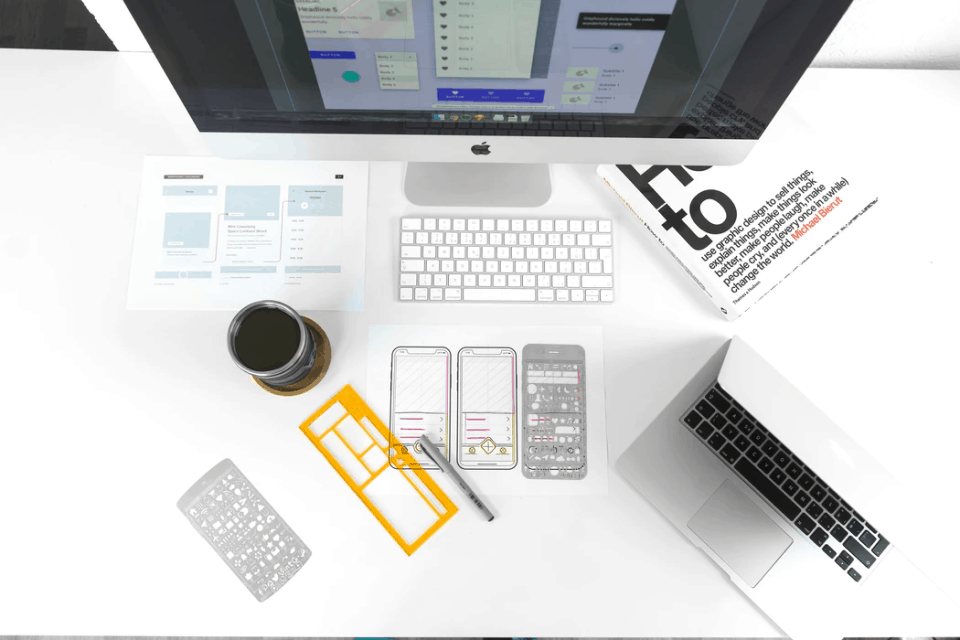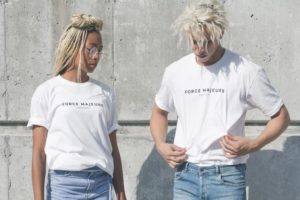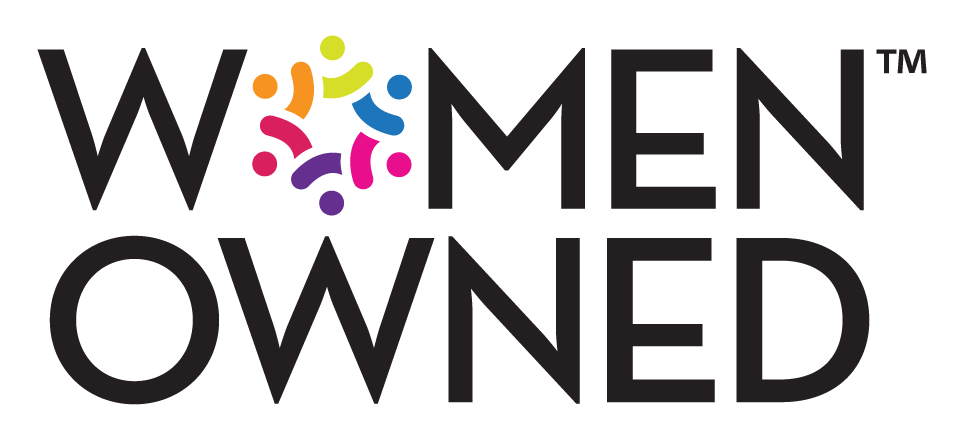At first glance, it isn’t always easy to distinguish a well-designed product from the rest. In fact, a well-designed product may be so easy to use that you didn’t even notice it at all. However, product design processes create better products that consumers will choose because of their cleaner appearance, attractive design, and preferable ergonomics. Today, thoughtful design is what separates the winners from the losers by providing the highest quality products to end-users. This guide will explain how leaders in product design use a process to solve problems, think like customers, and engineer superior products.
Related: The Importance of Tangible Marketing: A 2021 Business Guide
What is the Purpose of Product Design?
Before we discuss the process of good product design, it is important to understand why companies use it. In short, product design helps sell products because customers will choose the option that is tailored to fit their needs best. The goal of product design is to create items or virtual products that go above and beyond the competition to make the customer’s life more enjoyable and convenient. By focusing on the end-user, companies can gain more market share while building a reputation for quality products.
Need the best product design services for your new launch? 1338Tryon can bring your branded product ideas to life with the highest attention to detail.
The Essentials of Product Design
The Product design process focuses on improving three main elements in any product:
- Quality – Every product should include high-quality components and materials that are durable and reliable.
- Function – It should function exactly as intended, and the customer should never notice any shortcomings in using the product.
- Appearance – The product should be aesthetically pleasing and match the consumer profile’s taste preferences.
Product designers that can deliver on all three of these points will have designed a product that can beat the competition while offering customers a better option.
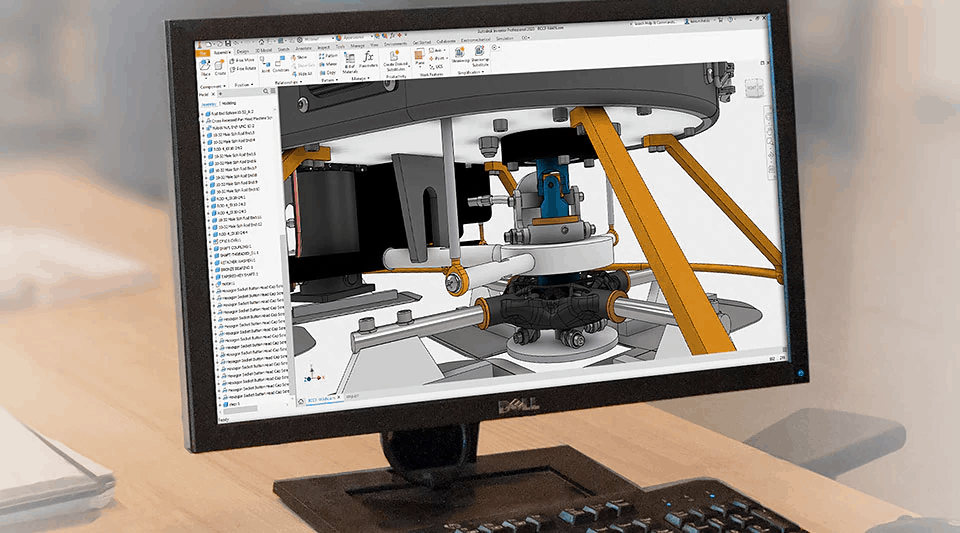
Ways to Build Your Product Design Process
When it comes to building a new product, you may want to think about some key aspects of design. You will want to know your customers intimately. Make sure you are building everything to their specifications and make a profile that can describe them to a T. When you paint a better picture of your audience, all design decisions will be better informed.
Make sure to actively seek out problems in your products. Now isn’t the time to be defensive of your designs. Find as many flaws as you can and identify areas for improvement as early as possible in the process.
Ensure that you have a budget that will accommodate all necessary changes. Building the best product available to consumers requires a large budget. There may be many redesigns, and it is better to have everything that is possible done at once rather than improving with iterations of the product over time.
Related: Knowing the Levels of Brand Loyalty
What Are The Product Design Stages?
The product design process is made up of five major steps. Many teams may be involved in the process from different areas of the company. Data analysts, project managers, UX designers, and others will come together to try to create the best product in its class with these steps:
- Planning and Organizing – This step will include defining project roles, brainstorming ideas, and getting everyone involved and on the same page with the project goal.
- Identifying the Pain Point – The product design team may identify one or several consumer pain points that they will alleviate by creating a better product. While taking consumer desires into account, they will begin to think of solutions.
- Naming Requirements – The next step will be naming everything the product must be able to do to be considered a success. It could be providing a more ergonomic controller that fits smaller dimensions, or it could be providing an app that can solve specific consumer complaints when using cloud storage.
- Testing and Prototyping – The product design team will test the product while possibly needing to revisit other steps.
- Product Release – Once the product meets all the criteria and requirements, it is ready for a final sign-off and full production! Keep in mind that once the product reaches consumers, the process starts all over again. There will always be a way you can improve your products — none are perfect.
- Quality Assurance – After you have so carefully designed a superior product, the last thing you want is poor execution in manufacturing or development. Ensure the proper oversight is in place to test every product for quality before it reaches the end-user.
Things You Should Avoid During Product Design
Here are some tips for what not to do when designing better products:
- Never choose looks over functionality. A well-designed product should never be ugly, but the product’s function and use to the customer should be paramount. That doesn’t mean that you shouldn’t do everything you can to ensure the consumer finds it aesthetically pleasing.
- Don’t set impossible deadlines for the process. Good product design takes time. Set very conservative timelines that will give your team the most time to design a product that will truly wow customers.
- Never copy other designs. Sometimes this can be unintentional, but be sure your product isn’t too close to any competitors. Infringing on the copyrights of another company can get you into an expensive legal battle, so it is best to double-check that your ‘new’ ideas are just that.
Are you looking to design the best products on the market for your company? Look no further than 1338Tryon’s product design services. We only build the highest quality products by placing your customers’ needs first.
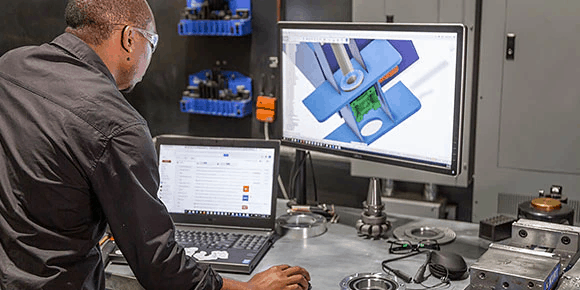
Product design is responsible for all products that make the world a more convenient and beautiful place to live. By following the design processes above, companies can begin to take their products to the next level while making happier customers and leaving the competition in the dust.
Related: The 4 Keys to Building Brand Loyalty with Millennials

